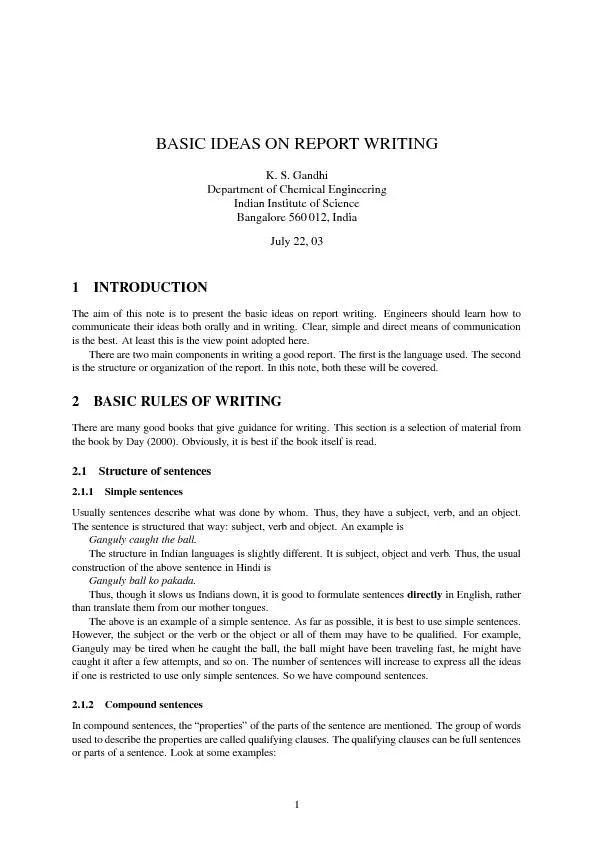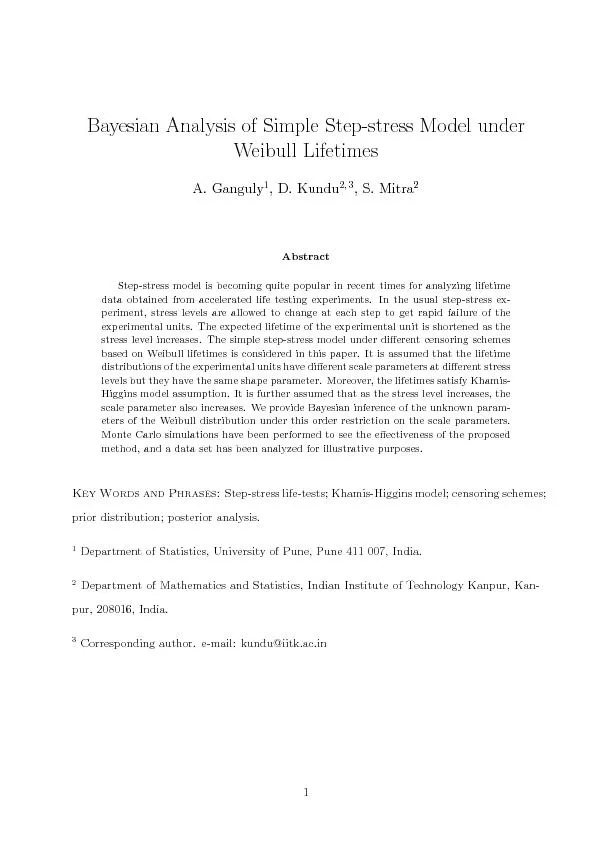PPT-TANUDEEP GANGULY’S
Author : cheryl-pisano | Published Date : 2017-03-30
PRESENTATION ON AMELIA EARHART ENGLISH PROJECT Amelia Earhart Born july 24 1897 Atchison Kansas US Disappeared July 2 1937 aged 39 Pacific Ocean en route to
Presentation Embed Code
Download Presentation
Download Presentation The PPT/PDF document "TANUDEEP GANGULY’S" is the property of its rightful owner. Permission is granted to download and print the materials on this website for personal, non-commercial use only, and to display it on your personal computer provided you do not modify the materials and that you retain all copyright notices contained in the materials. By downloading content from our website, you accept the terms of this agreement.
TANUDEEP GANGULY’S: Transcript
Download Rules Of Document
"TANUDEEP GANGULY’S"The content belongs to its owner. You may download and print it for personal use, without modification, and keep all copyright notices. By downloading, you agree to these terms.
Related Documents





